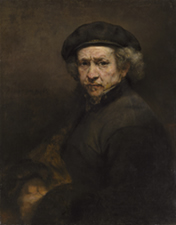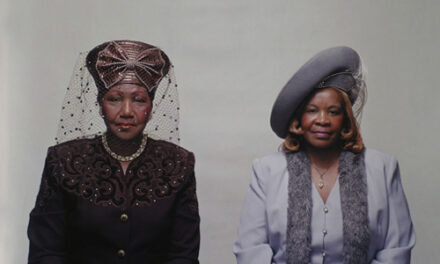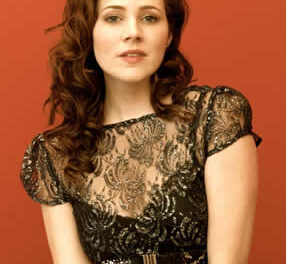This preview has been provided by Baroque & Beyond as part of a publicity exchange with CVNC. To learn more about CVNC’s publicity and partnership opportunities, please follow this link.
What could be better than One cello? Two cellos! Or three, or more . . . !
It’s difficult to imagine a sound more beautiful than a choir of cellos. The pleasure of cellos playing together goes back to the early history of the instrument in the 17th and 18th centuries. As the cello grew in popularity not only as an accompaniment instrument but as an important solo voice, cello duets and trios, and even the occasional quartet became increasingly common.
North Carolina’s Rich Community of Baroque Cellists
We are so lucky in North Carolina to have a wealth of cellists playing early instruments. Baroque & Beyond is happy to take advantage of this fact, bringing together six wonderful players: Lisa Liske, Chris Nunally, Caroline Stinson, Stephanie Vial, Sarah Wines, and Brent Wissick. In addition, two students from UNC and Duke University, new recruits to the study of historical styles, will be joining
us. Baroque & Beyond’s program will include cello duets by Georgio Antoniotti and Domenico Gabrielli, cello trios by Martin Berteau and Ermenegildo del Cinque, and a cello quartet by Michel Corrette. We will also play an arrangement for six cellos of Geminiani’s Concerto Grosso “La Follia” and Arvo Pärt’s Fratres, arranged for eight cellos.
Contemporary Music for Baroque Ensembles
It is not commonly known that Fratres, one of Arvo Pärt’s most beloved compositions, was originally composed for the Estonian Early Music Ensemble Hortus Musicus. The group’s exploration of early Medieval and Renaissance instruments and forms accorded with Pärt’s highly meditative and chant-inspired tintinnabuli style (the “mathematically exact connection” between lines of tonic triad arpeggio and stepwise diatonic motion, to quote the composer – follow the link for a detailed explanation by Luminous Voices). The work was designed from the outset in 1977 as three-part music without fixed instrumentation. A quick YouTube search will yield a diverse arrangements – wonderful solo sonata versions, often including the compelling variations added by Gidon Kramer in 1980, as well as arrangements for small orchestras and of course cello ensembles. We hope our version for 8 Baroque cellos will prove equally captivating.
Baroque & Beyond is presented by Preservation Chapel Hill.
610 East Rosemary Street, Chapel Hill, NC 27514













